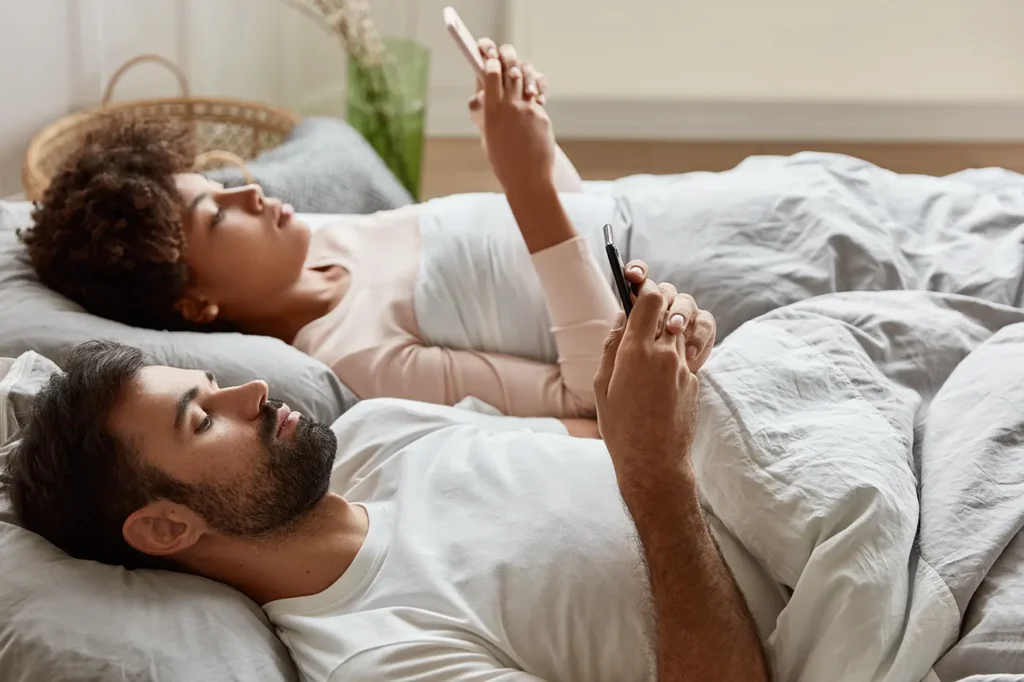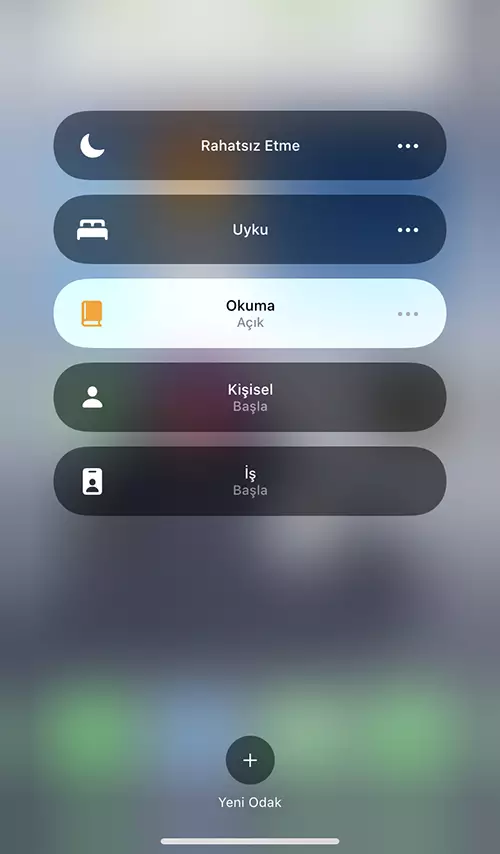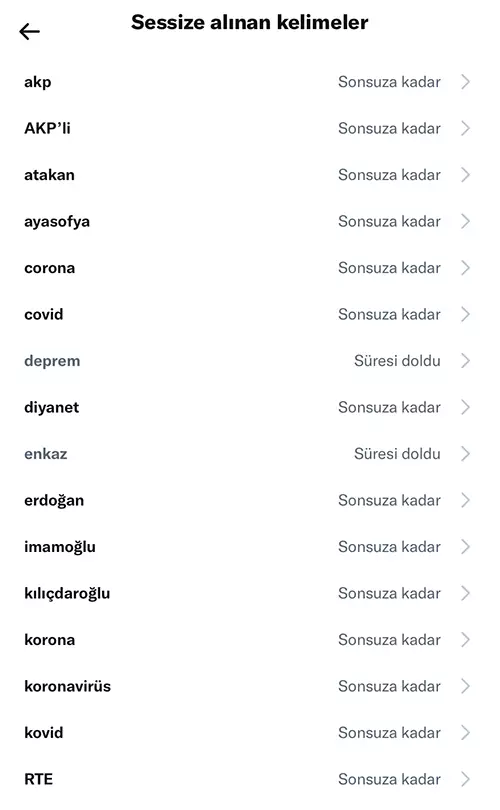Escaping Social Media
Once again, I needed to carve out time to write, but since the day is stuck at 24 hours, I had to give something up.
Don’t expect this post to be one of those “social media is toxic, if only you read a book instead of scrolling Instagram you’d be a scholar by now” pieces. Anyone who knows me also knows my love for computers and Internet technologies. My “connection journey” started long before the Internet was mainstream in Turkey, back in the days of Gece Mavisi BBS. On the other hand, in the early ’90s when the internet was slowly spreading and Web 1.0 was just emerging, most of the content was produced by experts, reliable, and well-known figures. The time you spent online was about the same as reading a newspaper. There wasn’t even a concept like “fighting misinformation.”
Today, especially in a country like ours—where one week of news feels like five years’ worth of headlines in an average European country—scrolling the internet just makes me unhappy. Even when I log into Twitter to follow startup news, company updates, or software development platforms, I end up reading about the economy, politics, wars, pandemics, and so on. One person posts an opinion, another replies with the opposite, then someone adds a source, someone else reacts angrily, and another agrees—and suddenly I’m scrolling through the feed, tense and restless.
But at the same time, solutions like “just quit Twitter, delete Instagram, close your Facebook account” completely cut you off from the world. I stopped watching national TV channels four or five years ago, and I can’t even remember the last time I held a newspaper. The Internet is my only source of information now. The real question is: how do we use it wisely—and how do we teach our kids to be digital literate?
There are almost limitless resources related to my interests, but finding them, keeping track of them, and most importantly, staying focused while reading/watching them requires conscious effort. There are plenty of books and articles about this. I finished Cal Newport’s Deep Work a while ago, and now I’m reading Digital Minimalism and experimenting with some of the ideas that resonate with me.

Measuring Comes First
If you’re an iPhone user, since iOS 12 (back in 2018) you’ve had Screen Time to track your habits—at least you get weekly automatic reports. But what surprised me wasn’t how much time I spent on apps, but how many times I was “picking up” the phone. Without looking at Screen Time, I would’ve guessed maybe 30–40 pickups per day. When I checked under Settings > Screen Time > Week > Pickups, I saw an average of 100/day on weekdays and as high as 150/day on Sundays!
That’s a lot of interruptions. Every time I grab my phone, or get a notification while working on my computer, I catch myself “automatically” opening a news site or social media app before going back to work. Add the hours spent weekly on Twitter, Instagram, and Facebook (I’m excluding WhatsApp here), and suddenly it’s clear why there never seems to be enough time.
So, How Do We Escape?
The answer isn’t quitting social media altogether. Instead, it’s filtering—keeping what’s valuable and ignoring the rest. Here are the small steps I’ve taken over the past three weeks to reclaim my time. Maybe you’ll find one or two worth trying:

1. Fine-tune notifications with Focus Mode
With iOS 15, Focus mode lets you create custom notification profiles. While reading or researching, I can set my phone and Mac to “Reading” mode and mute WhatsApp, Instagram, email, etc. I’ve also created profiles like: While working, let Teams notifications through but silence everything else. As an Apple Watch user, this has been a game-changer—no more dropping my book just because Borussia Dortmund renewed a player’s rental contract.
2. Use “Read It Later” apps
Without Instagram/Facebook/LinkedIn, what do you even look at on your phone? That’s where apps like Instapaper or Pocket come in. Whenever I stumble upon an interesting blog post, article, or research paper link, I save it to Instapaper. Later, when I have downtime, instead of random scrolling, I find a curated list of things I actually wanted to read.

3. Filter your social media feeds
Did you notice how I still mentioned “scrolling social media” above? What if I end up deep in an inflation-thread rabbit hole on Twitter while trying to find something useful? That’s why I use Twitter’s Advanced Mute feature. By muting certain keywords, I avoid topics I don’t want to see. Do I risk missing out on current events? Not really—I can follow the news from alternative, more curated channels.
4. Follow curated news sources
There are excellent curated newsletters out there. My favorite is Aposto—they send a digest every morning between 7:30–8:30. It’s like getting a free newspaper at your doorstep: weather, playlists, politics, economics, sports, science, and art. For tech, I recommend Serdar Kuzuloğlu’s Dünya Halleri newsletter, delivered every Sunday at 10 a.m. If you use an RSS reader, add MIT’s news feeds to your list. And of course, don’t forget personal blogs, Medium publications, and independent writers.
5. Declutter your email
Our inboxes are flooded because every new app and service demands an email address. To fight this:
Use disposable email services (like temp-mail) when trying out new apps.
Create a secondary email for low-priority registrations and don’t check it often.
Block unwanted senders through your mail provider’s blacklist feature.
And, though often unreliable, sometimes hitting “unsubscribe” at the bottom of promo emails works.
6. Don’t comment, don’t like
The moment you like or comment on a post, you’re stuck with it. Every reply, every counterargument pulls you back in. Even just liking something results in a stream of “X also liked what you liked” notifications. The best solution? Just scroll past without engaging.
7. Build routines
Since the start of January, we’ve been pushing for a fixed bedtime—11:30 p.m. After a short read (sometimes even just 5 minutes), I fall asleep much easier. We crown the precious “post-kids” one-hour evening with a short Netflix show, but never hit “Next Episode.” At first, I doubted whether I could sleep that early, but now I’m already yawning by 23:00
That’s what I’ve been experimenting with so far. I’ve also started using my Kindle again, and I’m planning to write about my experience with the 11th generation device and the services I use with it soon.
See you in the next post!
PS: This blog post is translated from Turkish by AI from my old blog.



